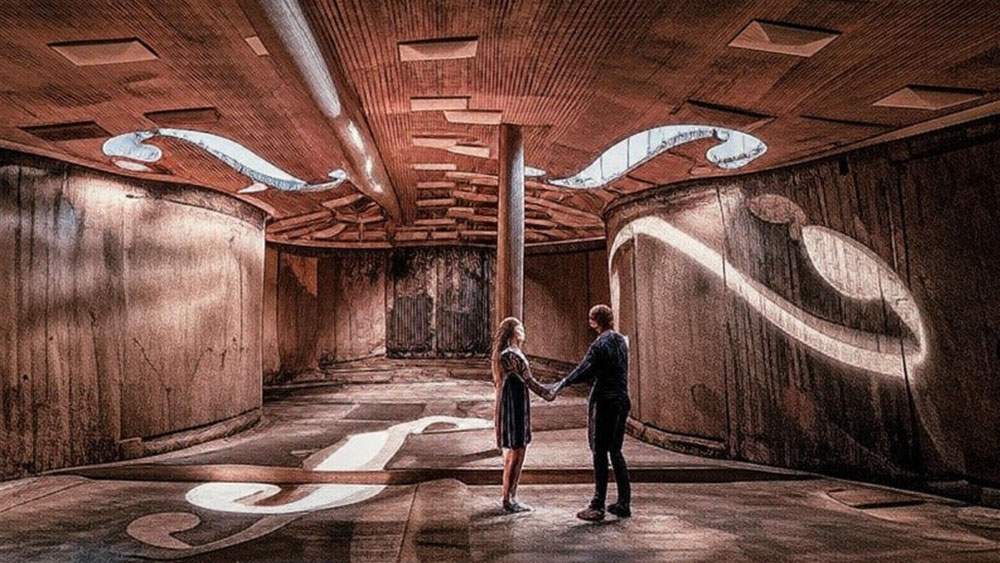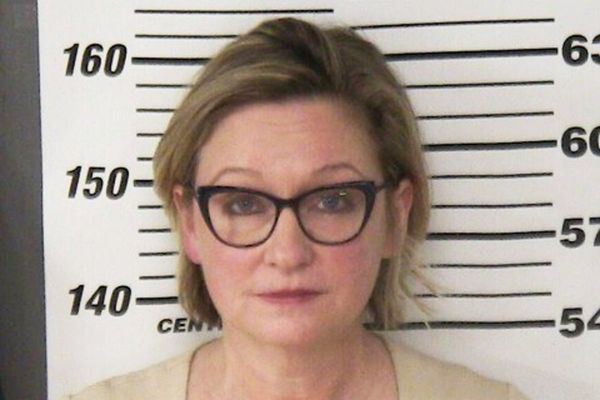
Elon Musk's no stranger to exaggerating the capabilities of his brand's products. He once said the Cybertruck would be able to "serve as a boat" and cross "seas that aren't too choppy" (I don't recommend trying it).
Now he's been caught out suggesting that X's AI bot Grok is a lot more powerful and creative than it really is when it comes to generating AI art.
The owner of the former Twitter reposted a series of images showing scenes of people inside musical instruments with the Grok watermark on them. 'Generate images with Grok', he told his 220.8m followers. The problem is that most of the imagery wasn't generated by AI but lifted from real photos all taken by the same photographer.
Generate images with @Grok https://t.co/5Ibx8eArx0June 1, 2025
Grok users were quick to suspect that the images were not entirely AI-generated, both because of the quality and the inventiveness of the compositions.
"Why when I ask Grok to generate images do they look like a blind 3 year old drew them?" one person replied to Elon. If you ask Grok to generate an image of people inside an instrument, this is is the kind of junk you get:
AI can’t do inside instruments yet as the dataset is too small. These are all just edits of my original images.June 1, 2025
It turns out that the images were made using photos taken by the cellist and photographer Charles Brooks. The Grok user who generated them uploaded Charles' photos as reference images and asked Grok to add the people, which are the only element the AI added to the compositions.
AI image generators are trained on artists' work, often without their permission. But it would be very, very strange for an AI model to generate an exact copy of an existing image even if it was in its training data. So the only way to get these images would be to use the originals as references, including the photo of the inside of a Charles Theress double bass below.
Elon Musk making a tweet without thinking is hardly news, but what's surprising is how it suggests he doesn't understand how generative AI works. As Charles points out in his video response below, Grok couldn't possibly have generated those images without his photos being used as direct references.
AI can only generate images based on existing concepts available in its training data; it can't generate anything truly original. There are few photos around of the insides of cellos, pianos, saxophones or violins, so Grok simply can't know what these instruments look like from the inside or imagine the kind of compositions that Charles has captured.
Charles says he isn't opposed to people editing his images as long as they're honest about it and use a visible credit. “Put my name in there, drop a link to my website, it’s really simple,” he said on Instagram.
To make matters worse, when Charles responded on X to point out that the original images were not AI generated, his comments were hidden by the platform.
It's not the first time that Elon's been a bit eager in sharing AI imagery. The makers of Blade Runner 2046 sued Tesla after the company used what appeared to be AI imagery inspired by the film for the Robotaxi event last year.







